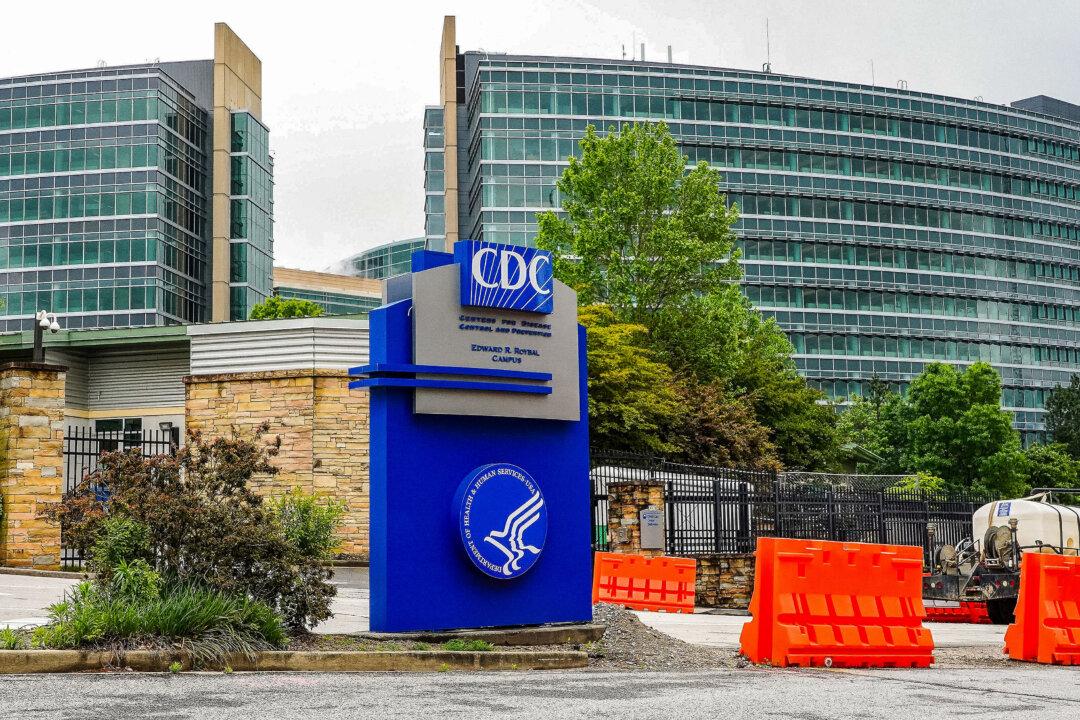Florida Gov. Ron DeSantis said Wednesday that residents of several western Florida counties no longer can safely evacuate the area ahead of Hurricane Ian’s landfall.
The National Hurricane Center’s (NHC) current track shows the storm will make landfall somewhere in Charlotte County at around 2 p.m. ET. The county and surrounding areas will see the highest impacts from the storm, which was upgraded to a strong Category 4 system with 155 mph winds.





